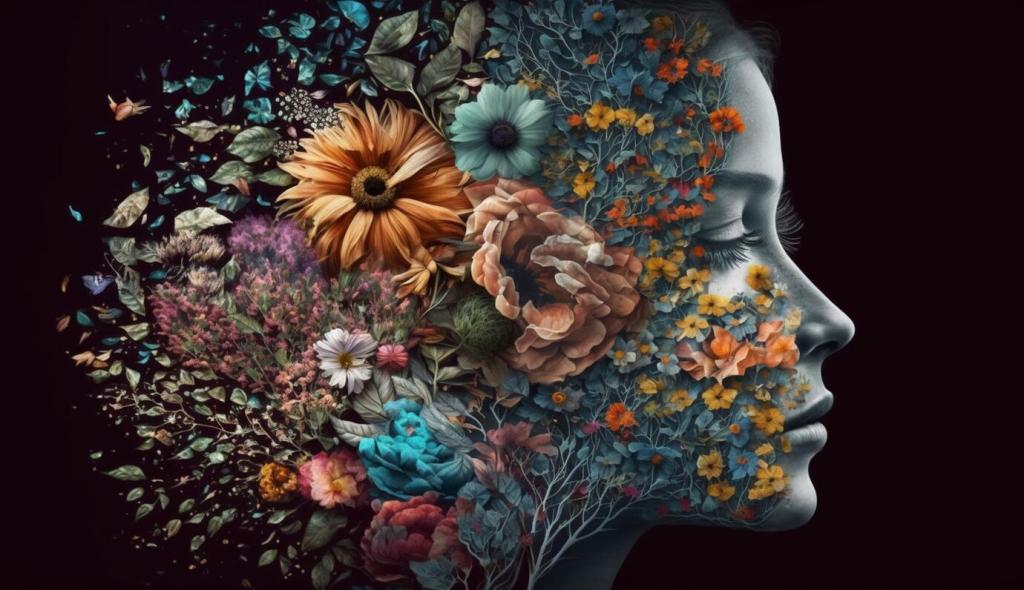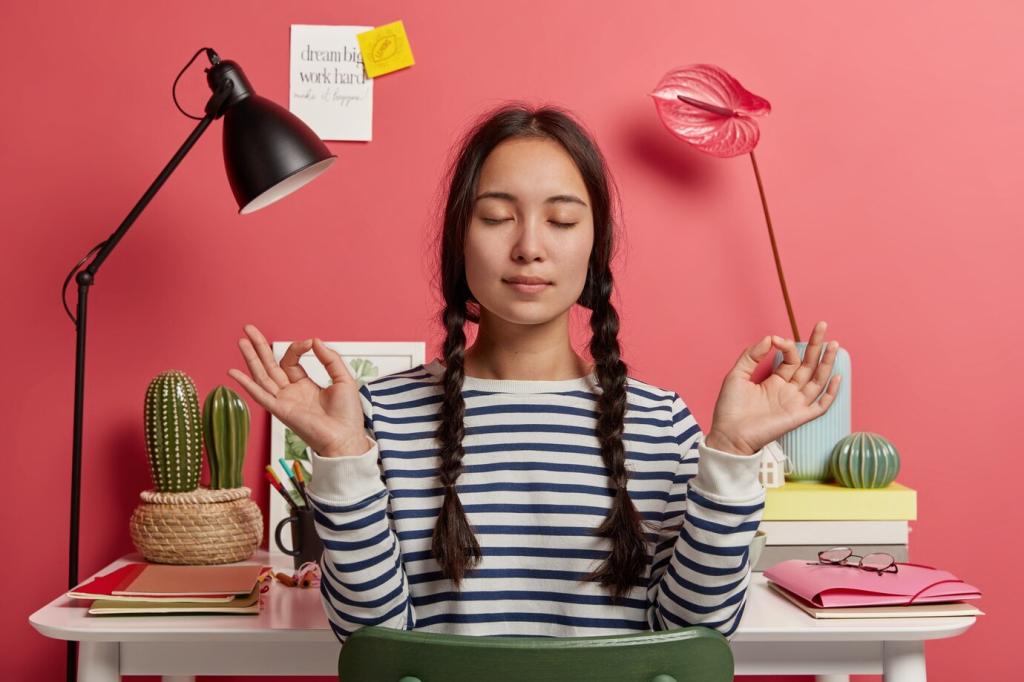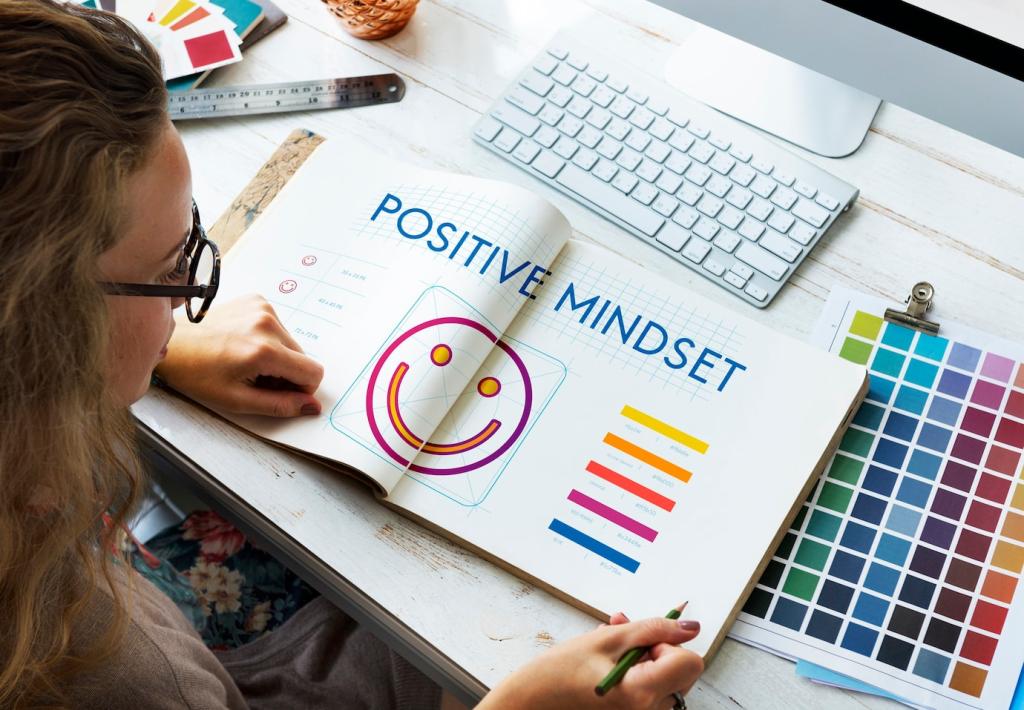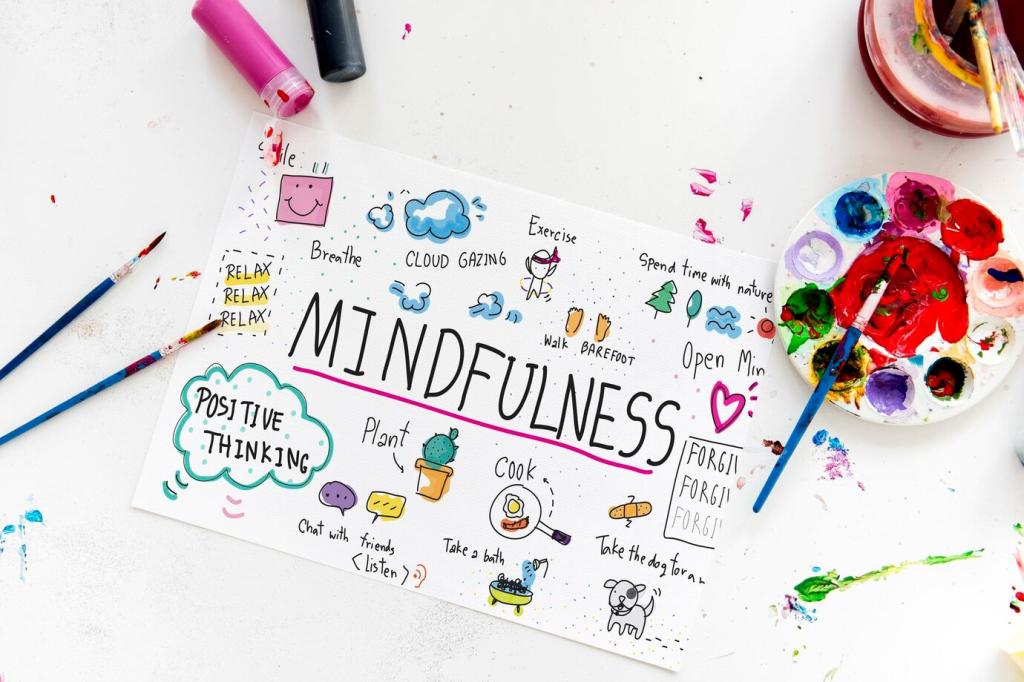
Guided Imagery for Painters: See It Before You Paint It
Today’s chosen theme: Guided Imagery for Painters. Open your inner cinema, translate sensations into brushwork, and let imagined light, color, and story guide your hand from first breath to final stroke.
What Guided Imagery Means for Painters

From Mental Picture to Painterly Gesture
Guided imagery invites you to build a detailed inner scene—light angles, ambient sounds, tactile air—then translate each element into marks, edges, and chroma shifts. It’s a blueprint for choices, not a rigid script, freeing improvisation.

A Short History and a Useful Perspective
Athletes, musicians, and surgeons have rehearsed performances in imagination for decades. Painters can do the same, rehearsing color transitions, glazing sequences, and rhythm of strokes before touching the surface, reducing guesswork while preserving spontaneity.

An Anecdote from a Rainy Studio Night
During a storm, I imagined moonlight bouncing off puddles, silver against indigo. That guided scene coaxed me toward cooler blues, soft edges, and broken reflections. The painting felt inevitable, like the canvas already dreamed itself into being.



A Step-By-Step Guided Imagery Session
Close your eyes; breathe slowly. Sense your feet, calves, thighs, spine, jaw. Picture a door that opens to a place you know. Let temperature, smell, and distant sound arrive. Do not chase details; invite them by soft attention.


The Scent-to-Color Bridge
Recall a scent—wet soil, old books, citrus peel. Translate its mood into temperature and saturation. Wet soil leans toward muted greens and umbers; citrus suggests brisk yellows. This cross-sensory mapping stabilizes palette decisions before brush meets surface.

Edge Behavior and Emotional Temperature
Ask your scene how edges behave: foggy horizons soften boundaries; sunlit glass produces hard, glittering breaks. Match edges to emotion. Calm scenes welcome merging transitions, while anxious scenes invite abrupt contrasts and crisp silhouettes.




